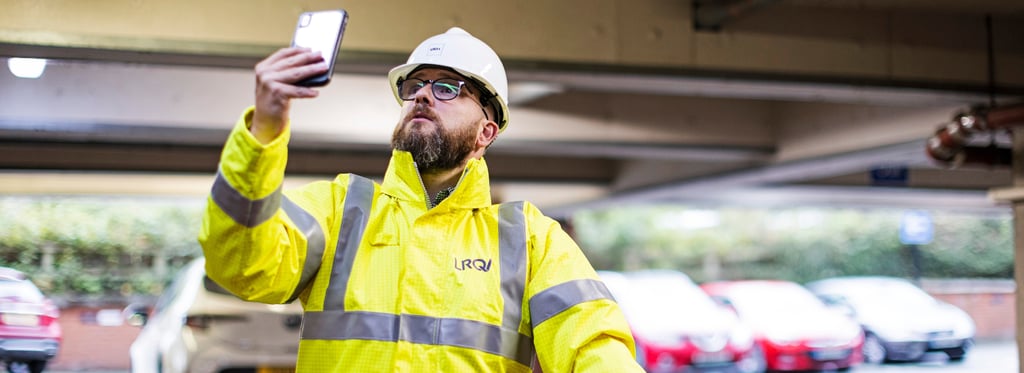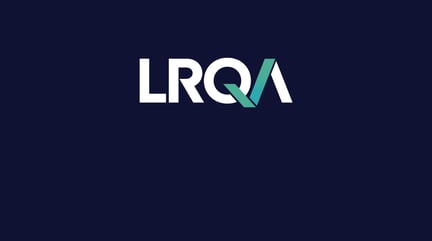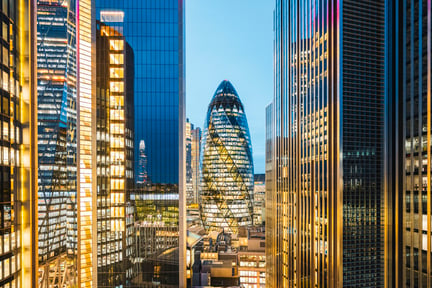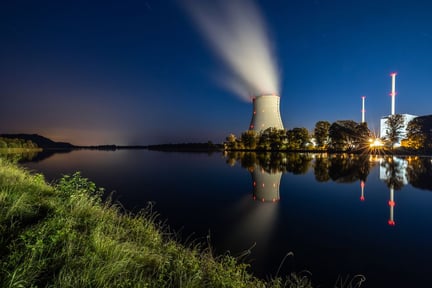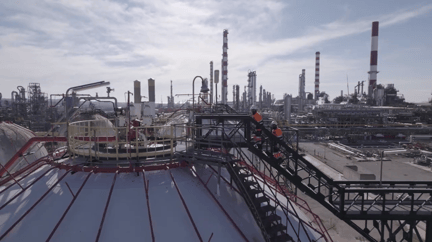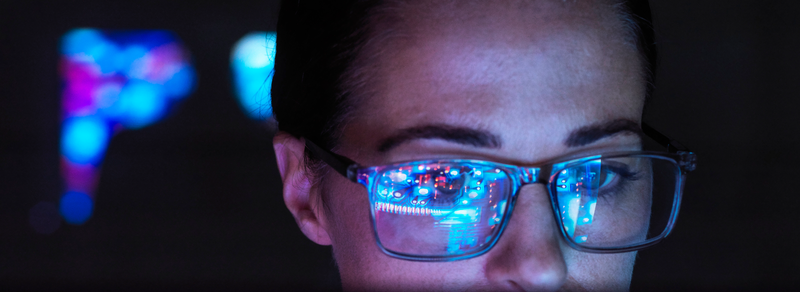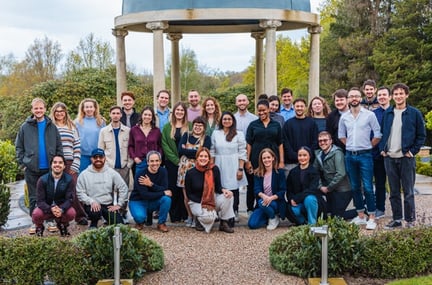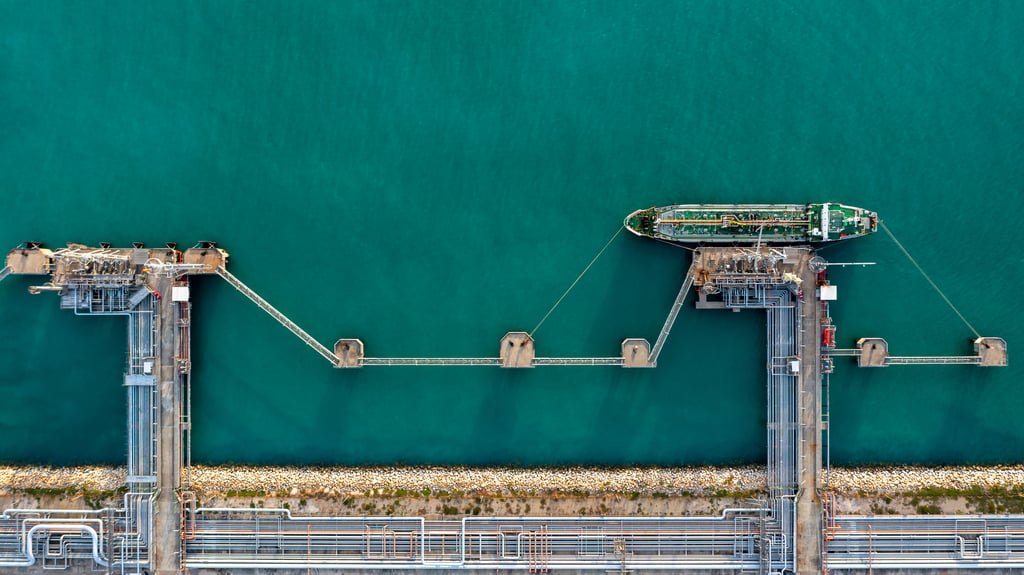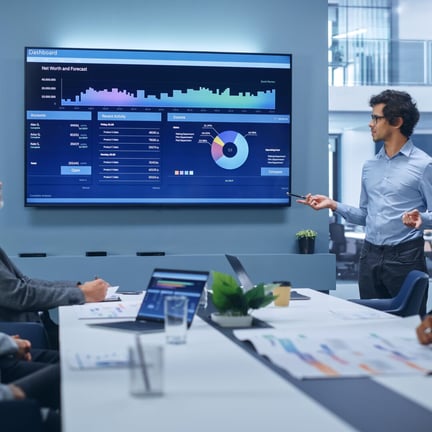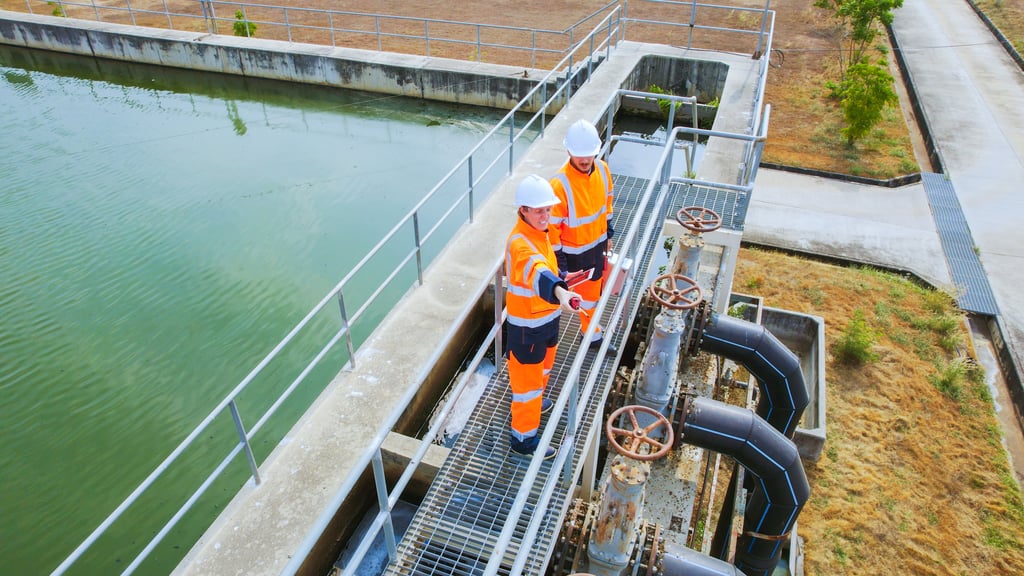Richard Freston, Remote Presence Programme Lead, discusses the strengths and limitations of visual inspection data in today's transformative environment
Industry 4.0 is the next revolution, driven by data and characterised by the ‘Internet of Things’ (IoT), Cyber Physical Systems and Cloud Computing.
This digital transformation is proving a challenging journey for many organisations, as they move to create incremental efficiencies and reduce costs by converting traditionally manual time-consuming tasks into digital processes - and in the longer term seek to harness the potential of computer analytics, such as artificial intelligence, and create meaningful insight from numerous data sources.
But while we may think of digital data as predominantly alpha-numerical, there is a more ubiquitous data format which is likely to play a significant role in this transformative environment – visual data.
Visual inspection is the oldest and most natural of techniques for understanding and confirming the nature and condition of anything we are presented with, and the primary means to verify the validity of information obtained through other sources and senses. For that reason alone, it will remain a significant element in any complete inspection solution.
Visual information is also an incredibly powerful tool - static and dynamic images are universal and unlike language do not require translation. Its meaning is collective and easily understood.
But unlike manual inspections, using digital techniques for image analysis such as machine learning can unlock solutions at scale, recognising changes in asset condition and identifying defects, across multiple assets, in diverse geographies. Previously unfeasible for a human to achieve at the speed and reduced cost that cloud computing processing and storage power now affords us.
Harnessing the value of this data can and will incrementally change our approach to inspection, reporting and analysis. Data of this type means we can conduct inspections remotely, at scale, with repeatable consistency and quality, and most importantly securely through cyber secure systems.
The continuous nature of digital data collection, collation and analysis presents the ability to monitor and benchmark assets throughout their life, not just as individual assets, but across asset fleets and portfolios. The results of such descriptive analytics not only enable us to see patterns and trends, leading to predictive insights and actions, but also allow us to better inform the design phase, bringing the field back into the lab and completing the loop between design and operations.
And while it is often assumed that a physical inspection only involves ‘looking’ at the particular items of interest - and that a picture tells a thousand words - in reality a human conducting an inspection will be considering a number of factors in their evaluation of status or condition including sound, smell, touch and, importantly, context. We use all of these, in addition to movement for perspective and other supporting tools (like a torch or a hammer), in order to test and validate our assumptions of what we initially see.
So as we move to digitalise our visual inspections with a variety of image capture devices, it is important that the strengths and limitations of the approach are fully understood in order to truly move from a qualitative to a quantitative assessment with confidence. This approach should be one that incorporates the natural human need for validation and capitalises on their skill at evaluating complex data to make reasoned decisions. Only then can we fully capitalise on the possibilities of digital data analytics with confidence. That’s why we talk about smart solutions shaped with human intelligence.
While in reality the complete digital picture will be built up from a combination of different sources and solutions, the adoption and implementation of these will need to be in stages as each is developed, evaluated and commercialised.
And as the pace of change gradually increases, LRQA is actively working to determine and quantify both the capability and operational implementation requirements of remote inspection techniques that ensure safety, quality and consistency of results – helping both asset owners and service suppliers have confidence that best practice is applied in the inspections they undertake.


